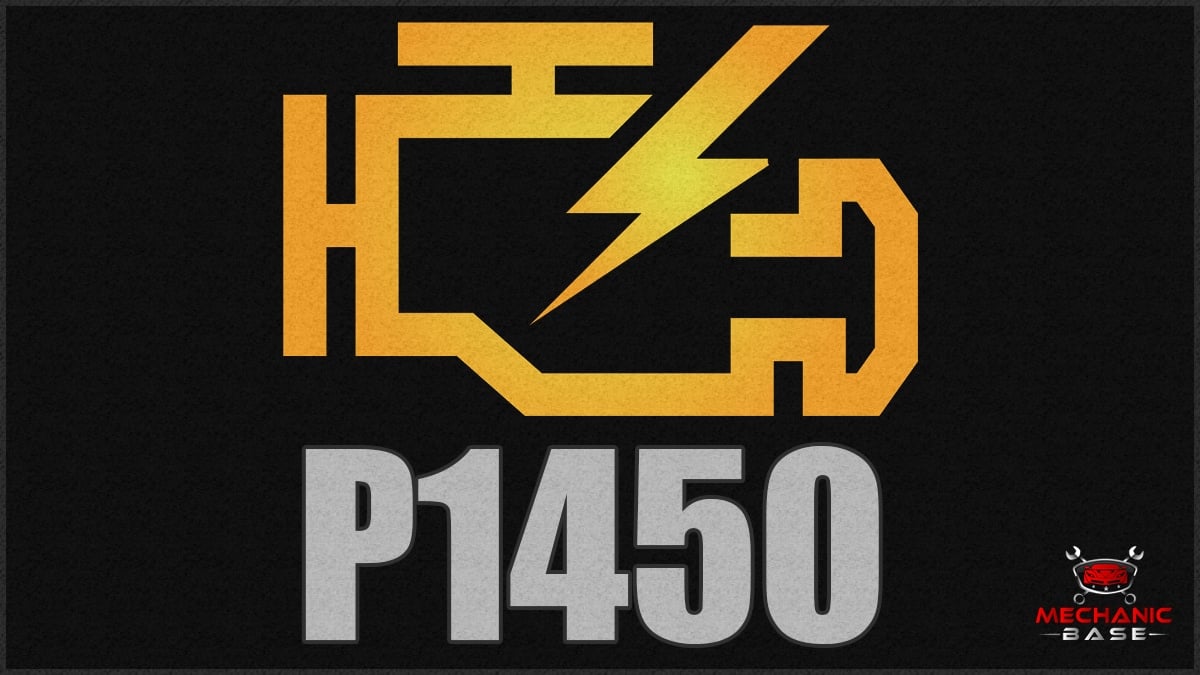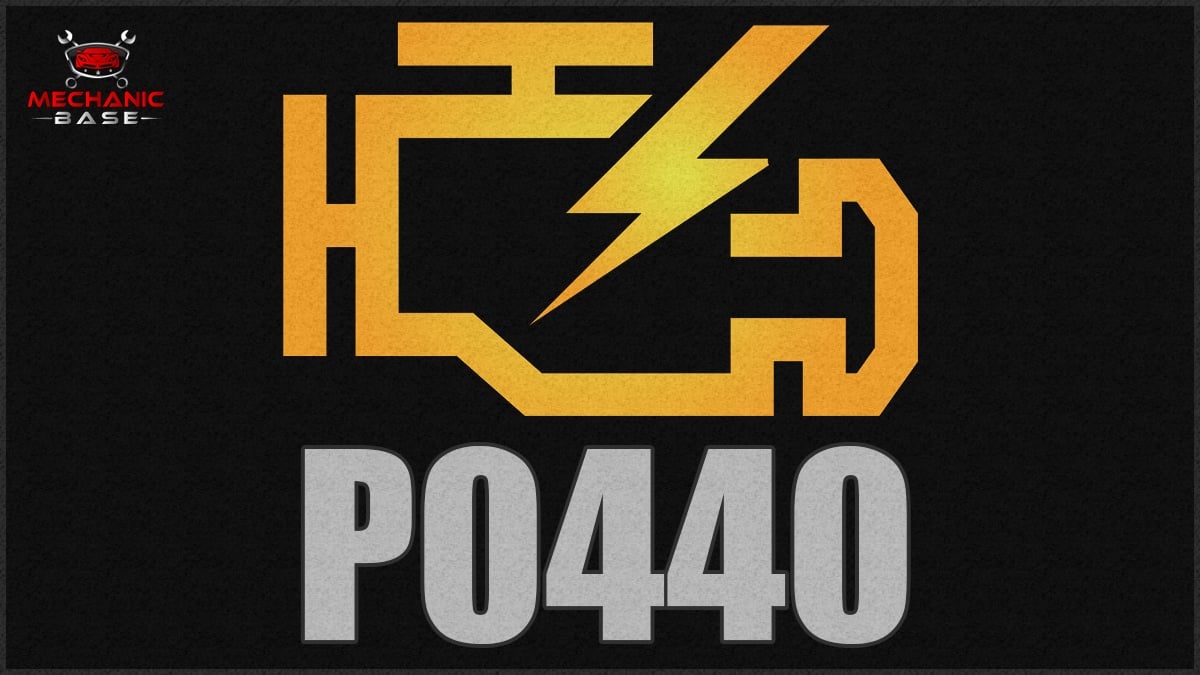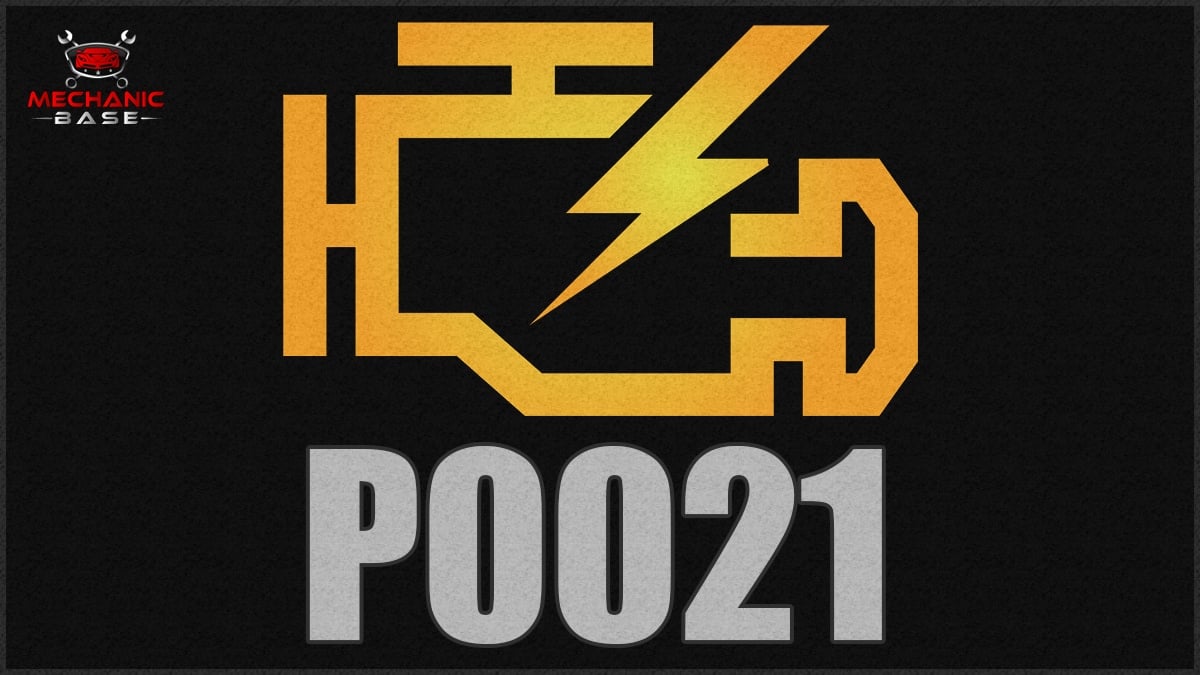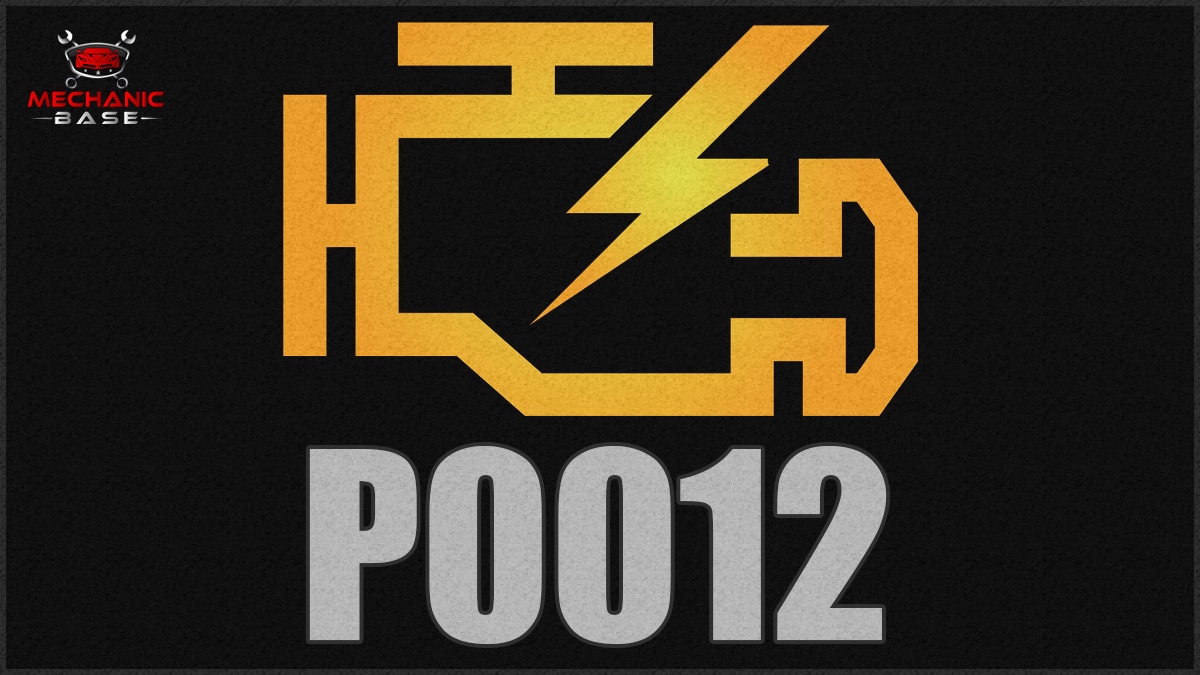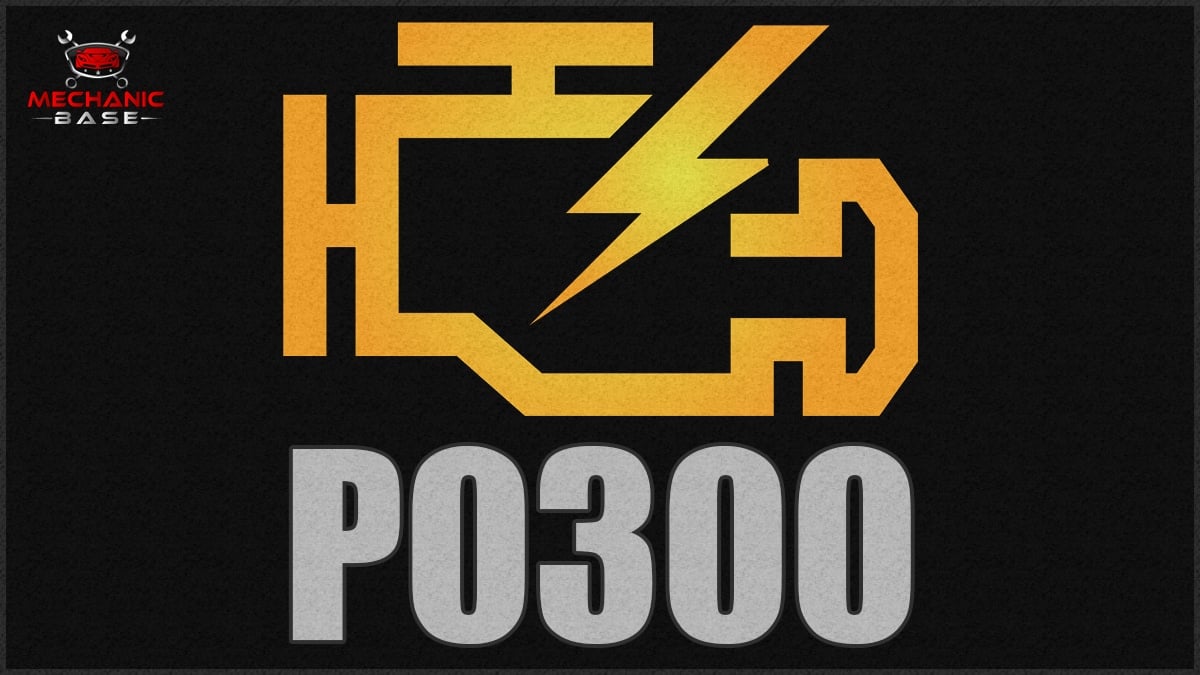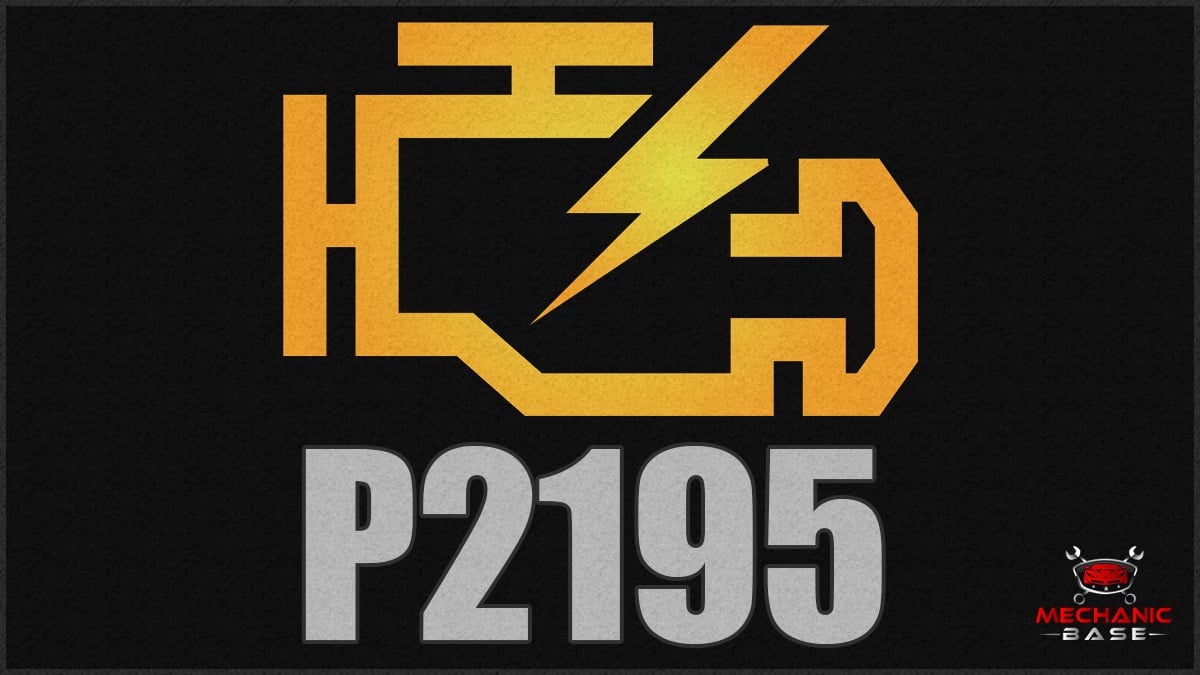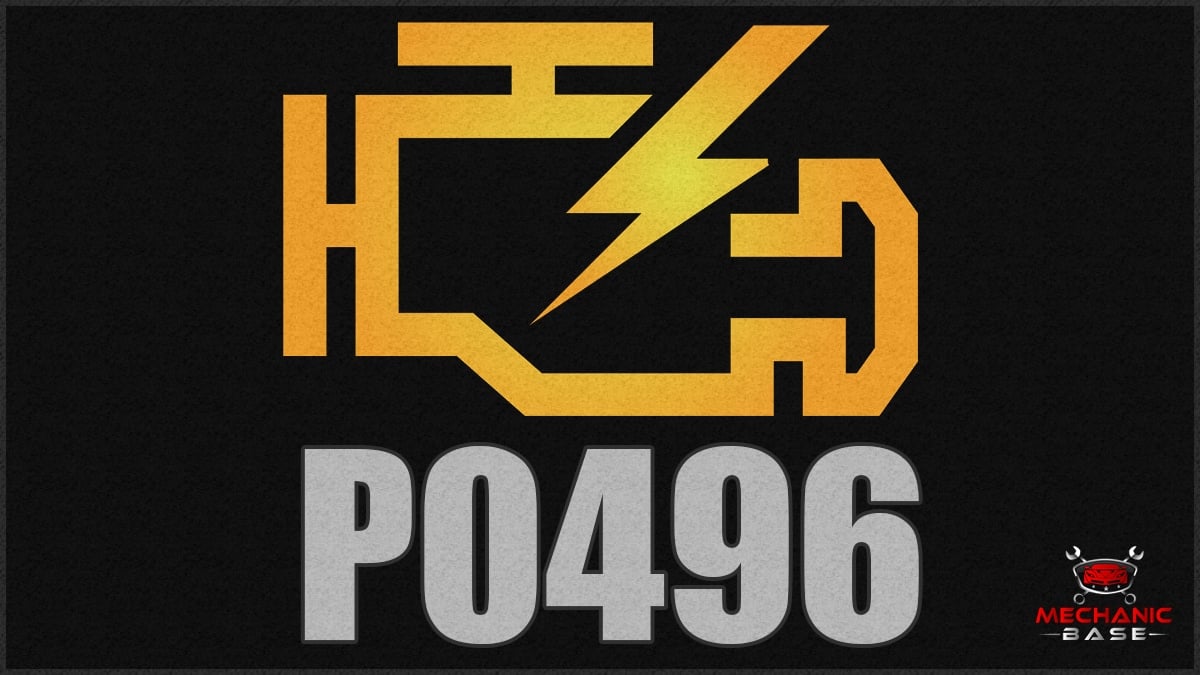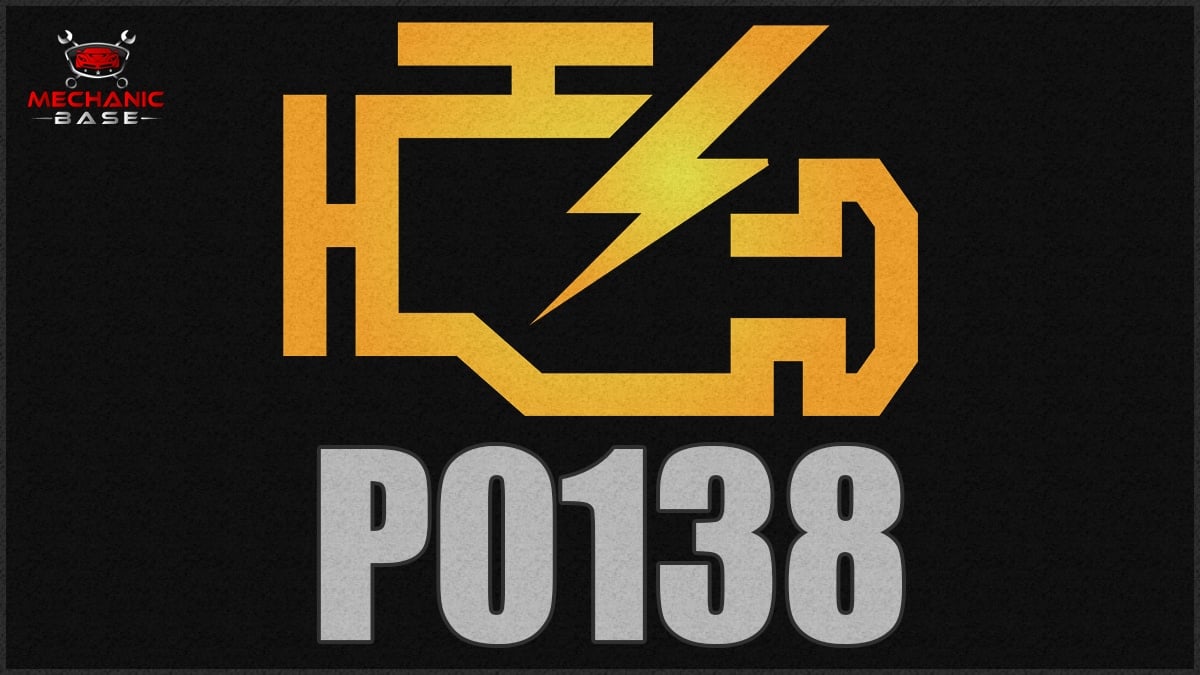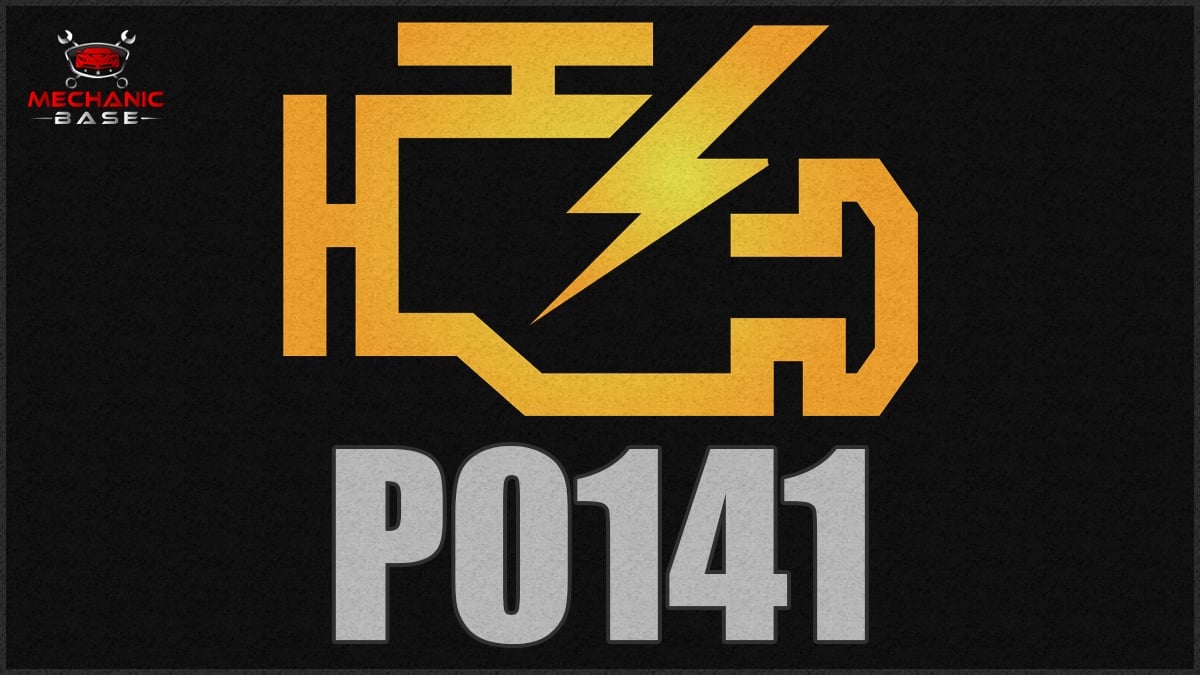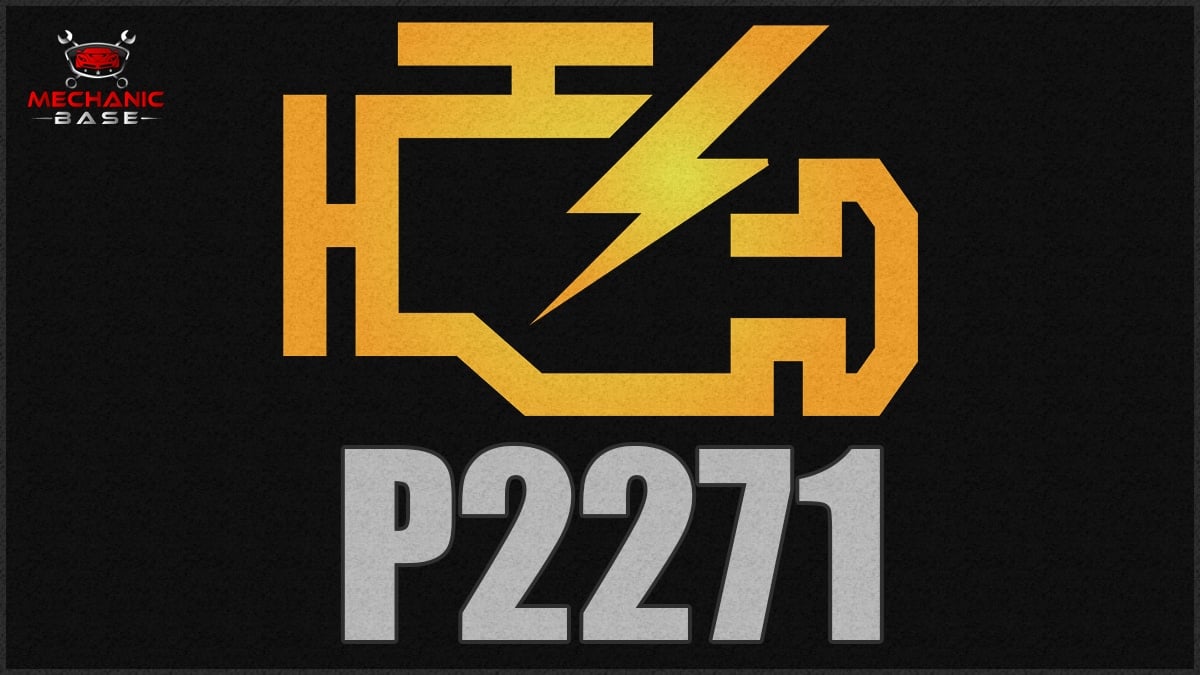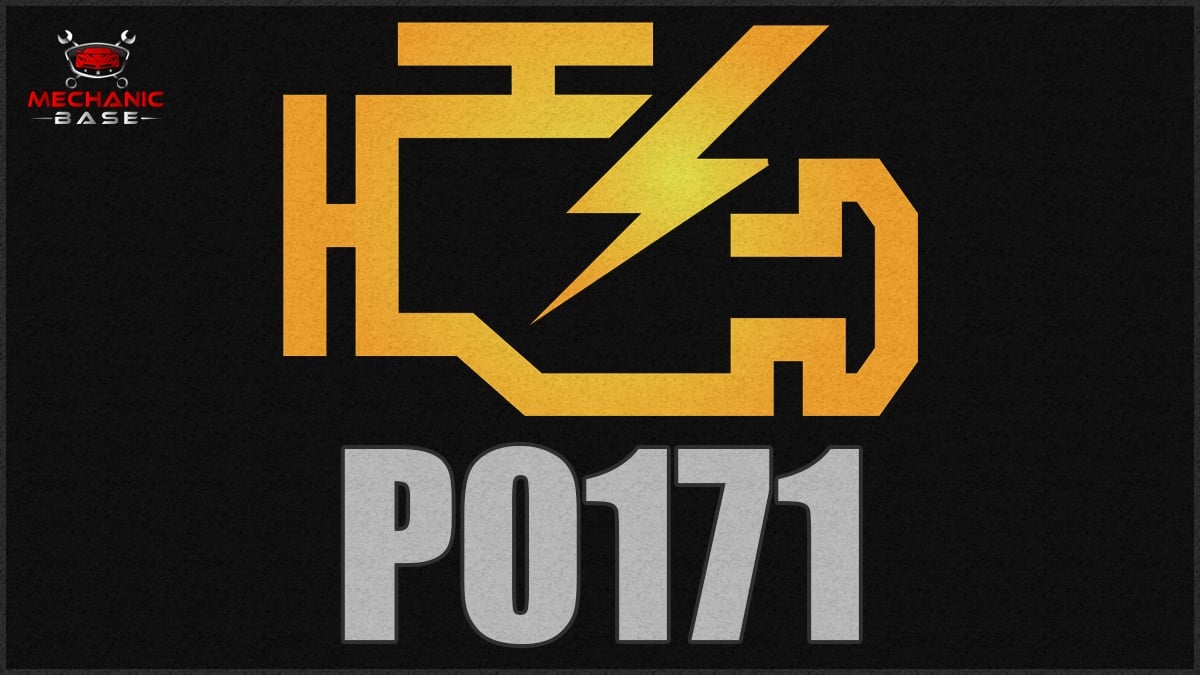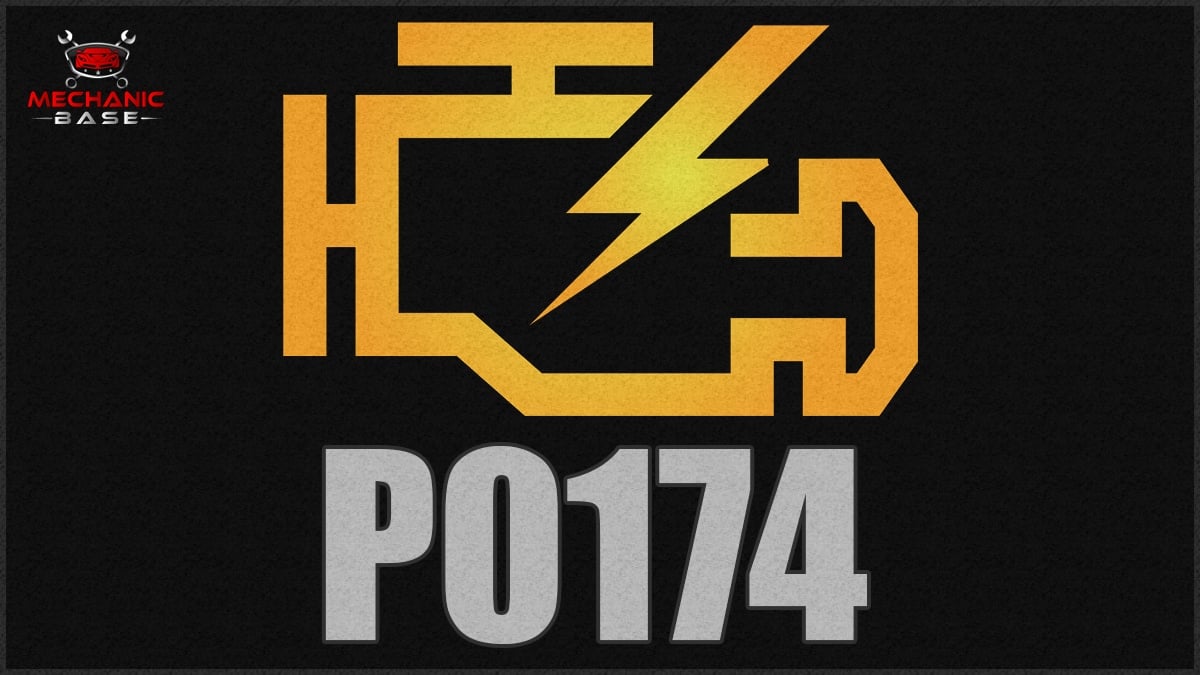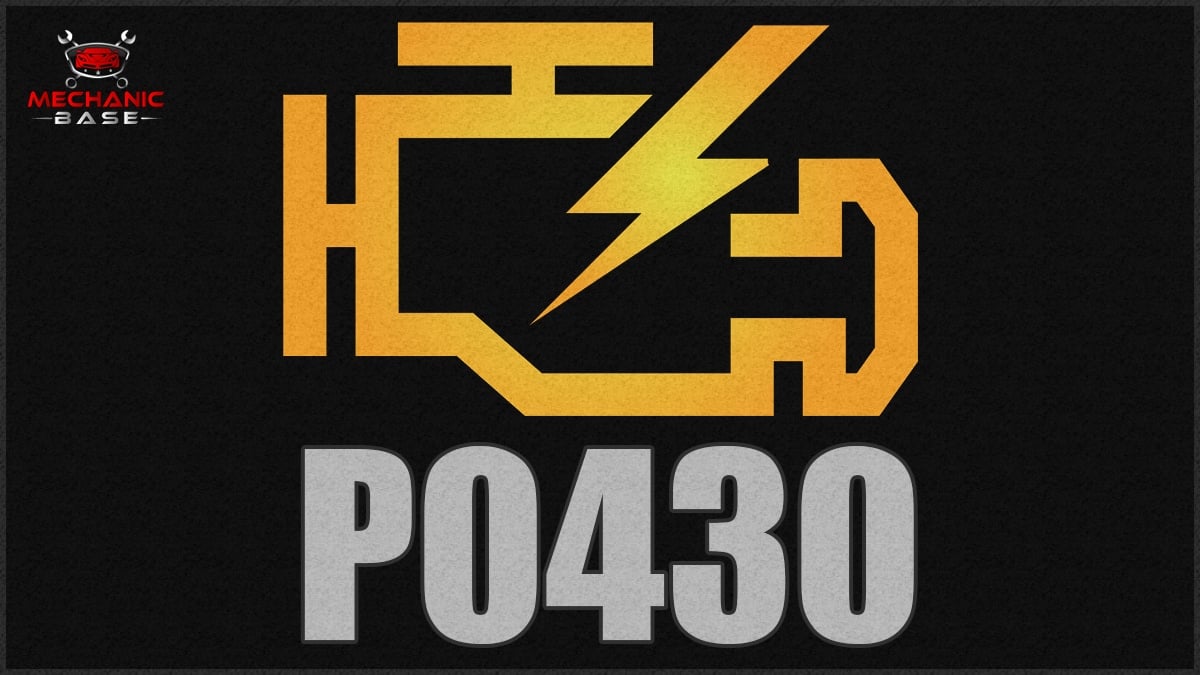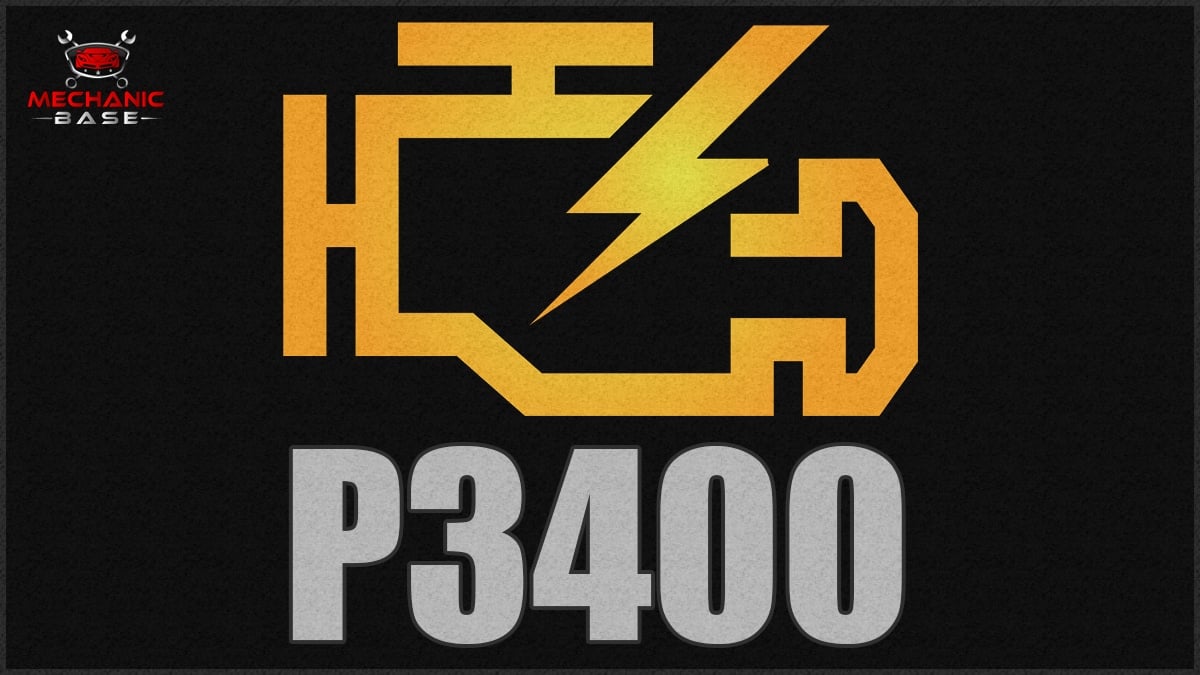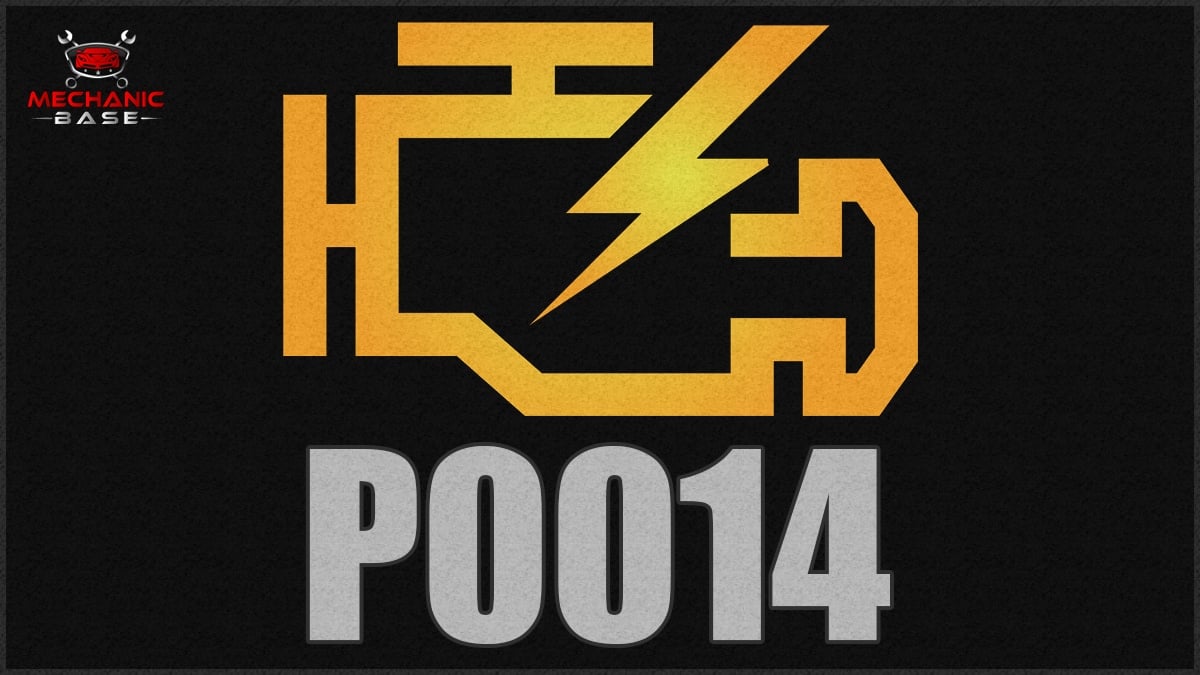The Check Engine Light has come on and you find yourself in a dilemma. With your OBD-II scanner, you can figure out what’s going on. So, what should you do when you see the P0172 code?
In this guide, I break down the meaning of the P0172 DTC. I also look at the causes, symptoms and possible fixes, so you can get back to enjoying the road.
Code P0172 Definition
P0172 – System Too Rich (Bank 1)
What Does the P0172 Code Mean?
The P0172 DTC means that the car’s computer has determined that the fuel system is running too rich. The alert was set off on Bank 1. A rich-running system means that there’s either too much fuel or a lack of oxygen in the air-fuel mixture. Bank 1 indicates it’s located on the side that contains the #1 cylinder.
The issue you are left with is trying to figure out if there’s an abundance of fuel being pumped into the system, or if there’s not enough oxygen. Either way, you want to get the problem resolved before the imbalance leads to larger issues.
RELATED: Bank 1 vs Bank 2 – Sensor 1 & 2 (Locate O2 Sensors Fast & Easy)
P0172 Trouble Code Symptoms
It’s common to only notice the Check Engine Light when the P0172 trouble code sets by the computer. This could be the only symptom for the entire duration, or a few other performance issues could join in as well.
Here are a few symptoms you might notice.
- Check Engine Light
- Loss of engine power
- Trouble accelerating
- Misfiring engine
- Reduced fuel economy
Causes of the P0172 Code
The problem creating a rich-running situation could have to do with the fuel or air delivery, both of which can lead to an imbalance. That’s why a complete diagnosis is needed to figure out what’s going wrong.
Here are some of the most common P0172 causes.
- Dirty/broken mass air flow (MAF) sensor
- Vacuum leak
- Fuel delivery or pressure malfunction (High fuel pressure, bad fuel injector)
- Contaminated/defective oxygen sensor
- Bad coolant temperature sensor
How Serious is the P0172 Code?
Medium – If the Check Engine Light has come on, but there aren’t any drivability issues, you are going to be tempted to keep driving. While there wouldn’t be any issue continuing to drive, it’s not advised.
Depending on what’s creating the imbalance, your negligence can lead to bigger problems down the road. You don’t want to deal with more repairs later on because you put off getting the repairs you needed now.
What Repairs Can Fix the P0172 Code?
The only way to figure out what’s causing the P0172 DTC is to run through the complete diagnostic exam. Otherwise, you could replace parts that aren’t defective.
After your evaluation, you might find one of these common issues to be the culprit.
- Clean/replace the mass air flow (MAF) sensor
- Repair vacuum leak
- Repair fuel delivery or pressure malfunction
- Clean/replace the oxygen sensor
- Replace coolant temperature sensor
Common P0172 Diagnosis Mistakes
You can’t throw parts at this problem and hope that fixes it. Instead, you need to take the appropriate time to figure out what’s going on.
Without proper diagnosis, you will likely replace the MAF sensor or O2 sensor without figuring out if that’s the cause. Instead, you could save yourself money by cleaning it if it’s simply contaminated.
How to Diagnose the P0172 Trouble Code
If you want to figure out what’s going on with the P0172 code, you must be willing to walk through the steps to uncover the issue. You can follow the guidelines set out in your car’s service manual or walk through our general steps.
Here’s what a professional mechanic would do:
- Scan the trouble codes to see what appears. Use freeze frame data for more information.
- Inspect vacuum hoses and lines for any leaks. If you have access, use an EVAP smoke machine to look for any intake leaks.
- Look at the mass air flow sensor to see if it’s dirty. Clean it if you see any contamination.
- Look at the oxygen sensor to see if it’s dirty. Clean it if you see any contamination.
- Check the fuel pressure. It’s possible that there’s an issue with the fuel pressure regulator or injectors.
- Check the values of other fuel related engine sensors. If the code is still present, you may need to replace the oxygen or mass air flow sensor.
If these fixes don’t help you resolve the trouble code, you want to get more help from a professional mechanic. Don’t venture into diagnosis or repair that you are uncomfortable with.
Estimated P0172 Repair Cost
Once you have completed the diagnosis, it’s time to repair the fault. Depending on what’s causing the problem, you are looking at a variety of repair costs. The estimates below include labor and parts, so you can save some money by performing the work yourself.
- Clean/replace mass air flow (MAF) sensor – $75-$375
- Repair vacuum leak – $125-$425
- Repair fuel delivery or pressure malfunction – $150-$2,500
- Clean/replace oxygen sensor – $125-$450
Mechanics Tips about the P0172 Code
While a rich mixture can be caused by a lot of different issues with your car engine, you always want to inspect the MAF sensor and check for vacuum leaks first, as these are the most common cause for rich air-fuel mixture.
If you don’t have the P0172 code repaired, additional damage could follow. Depending on what’s going wrong, you could allow damage to the pistons, spark plugs, and catalytic converter. For this reason, I always recommend checking the spark plugs after you repair the P0172 DTC. Because of the fault, the plugs could be contaminated with soot afterward.
If so, it’s best to replace them now before future problems occur. On average, it might only cost you $75-$450 to have the plugs replaced professionally. If you can do it yourself, you might spend $20 or less per plug, even for a high-end brand.
Categories: OBD Codes

